IT DOESN’T HAVE TO BE SO SERIOUS
My childhood was destroyed by all those cats.
There were hundreds of cats, thousands of cats, millions and billions and trillions of cats. They were tumbling and tearing at each other, clawing and biting. They cannibalized each other, and by the morning’s first light there was just one feline still standing. Cowering in fear, actually.
Is it too late for a trigger warning?
I hope not, because the scenario of trillions of cats eating each other was taken from “Millions of Cats,” a children’s picture storybook that was first published in 1928. Indeed, the book is still in print and holds acclaim as the first bestselling American children’s picture book. It was my favorite book as a very small child.
Written and illustrated by Wanda Gág, the groundbreaking kiddie book told of a lonely old couple who wanted a furry companion to accompany them through their final years. The old man was sent on a quest to obtain a homeless kitten. He found more than a few. But being unable to decide which one to adopt, he returned home followed by a trillion strays eager for a meal. At the door of their home the elderly wife realized her husband’s indecisiveness would literally lead to them spending all their savings on cat food. The challenge was thus declared: the cats would have to decide among themselves which was the most beautiful of them all. The catfight that followed was literally all consuming. When the terrified old couple emerged from their house in the morning, all was quiet but for the mewling of the ironic winner: a skinny kitten that thought itself too ugly and unworthy of even trying.
“Millions of Cats” is marketed as a “charming” contemporary narrative written for the youngest of children, but it is also covered with the bloodied fur of ancient folklore. More contemporarily, “Millions of Cats” can be interpreted as a story about anxiety, insecurity, and the need to create the “self.” Or you might just read it as a lighthearted story about an old man who couldn’t make up his mind. Just ignore all that cannibalism.
Obviously, my way of comprehending fiction has been affected by decades of exposure to academia, especially the practice of psychoanalytical criticism that was so prevalent when I was a student. Psychoanalytic criticism instilled in me a craving to delve deeper into story and gaze upon the abyss of the human unconscious that I assume to be a part of all works of Art — but especially those within the Horror Genre.
The academic field of psychoanalytic criticism goes back to Sigmund Freud himself, who had a great deal to say about William Shakespeare, especially “Hamlet.” Freud’s intellectual dive-bombing of literature and mythology was the beginning of what would become in academia (especially the departments of literary and film studies) the practice of applying concepts gleaned from a century of diverse psychotherapeutic schools of thought (but especially those of Freud) to works of fiction. This scholarship gave rise to a body of critical readings that runs the spectrum from the mundane to the extraordinary.
The goal of psychoanalytic critique is to achieve new insights into fictive protagonists and the roles they play within the larger narrative, including contemplations of the symbolic realms of imagery, action, and speech. The critical focus could also be turned toward the author and occasionally the reader or film viewer. The finest academic essays could themselves be wildly creative.
It is not unusual to discover essays that separately used similar psychoanalytic principles to interrogate the same texts but arrived at different conclusions. Of course, this questions the confidence held by many scholars of psychoanalytic criticism, including Freud himself, that what they were producing were scientifically verifiable “truth” claims.
Unhappily, scholars plugged into the assumption of the “truth” of their translations may spend a good deal of time trying to unplug each other’s interpretations from the power source. What often ensues from these quarrels does little to direct academia’s intellectual klieg lights upon the original texts, darkening opportunities for academic writing to shine beyond the campus gates and stimulate the imaginations of the consumers who keep the real lights on in bookstores and cinema-house projection booths.
Much is lost when we forgot that academia is capable of instilling excitement for Art into the public consciousness.
In the heyday of psychoanalytic criticism, academic writing too often became dense with jargon that failed to address a mass readership. This tendency toward withdrawal only intensified with the influence of linguistics-focused structuralist and deconstructuralist schools of thought in the 1960s and 1970s. Academic writing styles betrayed an attitude of arrogance that now leave academia vulnerable to attacks from the anti-intellectual reactionaries who make political hay with the word “elitism.”
Psychoanalytic readings can still be found in professional academic journals, but the dominance of psychoanalytic critical theory is over. Like writing cursive with a fountain pen or sending love letters through the mail, psychoanalytic criticism is the province and practice of the few. And maybe that’s a good thing, because what remains is shaped by an excitement and an awareness of what’s at stake vis-à-vis social impact. For that we have to express gratitude to Robin Wood (see the previous installment of this column) and after him the scholar Carol J. Clover, the “final girl” of psychoanalytic criticism.
Clover’s book “Men, Women, and Chain Saws: Gender in the Modern Horror Film” became the apex of popular influence for scholarly psychoanalytic texts. Published in 1992, this book was the rare work of scholarship that achieved recognition beyond the realm of academia, giving us the frequently used concept of “the final girl.”
Clover’s book came out just as academia was beginning to wholeheartedly embrace identity focused theoretical approaches such as Feminist critique and Queer theory. “Men, Women, and Chain Saws” satisfied as both a work of psychoanalytical criticism and as a feminist interpretation of the slasher film as a toxic swamp monster formed from the slurry of social relations between the genders.
The popularity of psychoanalytical criticism was brought down a notch by the feminist argument that Freudian principles disregarded the female psyche and experience as inferior. Even Carl Jung and Jacque Lacan were exiled for a while to the academic desert to dwell alongside the already dismissed Karl Marx. By the 1980s the postmodern age had arrived in all its brilliant diversity with Michel Foucault at the vanguard.
But just as the grand extinction event of a meteor strike failed to fully wipe out the dinosaurs and allowed them to genetically re-imagine themselves in crows and crocodiles, the genetic traits of classic Freudian principles are showing up in contemporary psychoanalytic readings of Horror. What has been lost is the sense of confidence — some might say arrogance — of scholarship written from the assumption of “my way or the highway” canonical Truth.
As with so much scholarship that has evolved since the asteroid strike that is postmodernism, psychoanalytic interpretations of fictional works can no longer proclaim the revelation of scientifically proven “truth.” Essays that make such claims would be unlikely to find their way past the gatekeepers of respectable academic presses.
With the hubris of “scientific infallibility” bred out, what finds its way into publication today displays traits of playfulness. Instead of “revelation” we now have revelry and a celebration of “what if” interrogations. The diversity of interpretations no longer initiates a fight to be king of the mountain, providing instead a basecamp for fellow mountaineers’ intent upon scaling the Himalayas of human insight.
When once-stigmatized “Freudian” ideas make their way back into contemporary critical writing, it is often due to authors and filmmakers purposely building into their narrative’s ideas such as castration anxiety.
The current richness of psychoanalytic readings offers us essays that contemplate the fictional portrayal of national and individual traumas, probing the borders where sexual drives meet sociopolitical realities, communal desires, transference as monstrosity, and status-based identity formation. And if you are looking at zombies or ghosts, you can count on the return of the repressed.
No longer cemented as universal truth, the well-written scholarly essay can titillate our sense of the human experience, of what it means to be alive in social environments shaped by assumptions of power and our felt associations with the cosmic surround. And so it is that a psychoanalytic study of symbolism in a popular Horror film can comfortably glide into understandings of systemic sociopolitical structures and the influences of the personal human unconscious. Both the sociopolitical and the unconscious can be tied to the ancient origins of folklore, mythology, and religion.
Hopefully we can all enjoy those “I never would have thought about that” moments that can come from reading of a good scholarly work of psychoanalytic critique. Those experiences are food for the ever-hungry deity that is worshipped by some as Art Appreciation. For me, it is more simply known as Horror Studies done right.
Also, read Wyrd Words: Personal Reflections On The Art Of Horror (PART VI) “Aspirational Origins” by Grandfather Hu published in The Antonym:
WYRD WORDS: PERSONAL REFLECTIONS ON THE ART OF HORROR (PART VI) — GRANDFATHER HU
Follow The Antonym’s Facebook page and Instagram account for more content and exciting updates

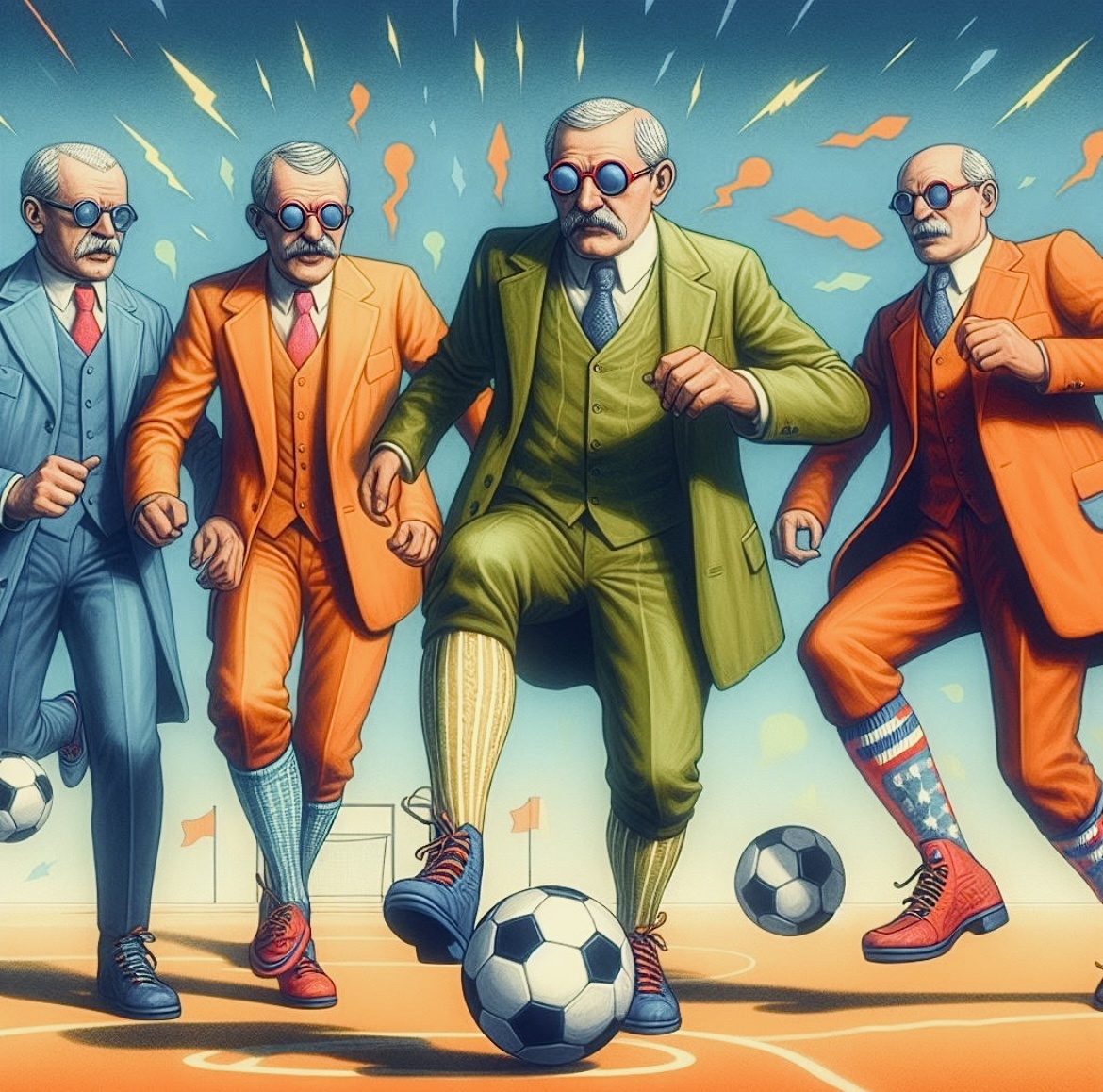

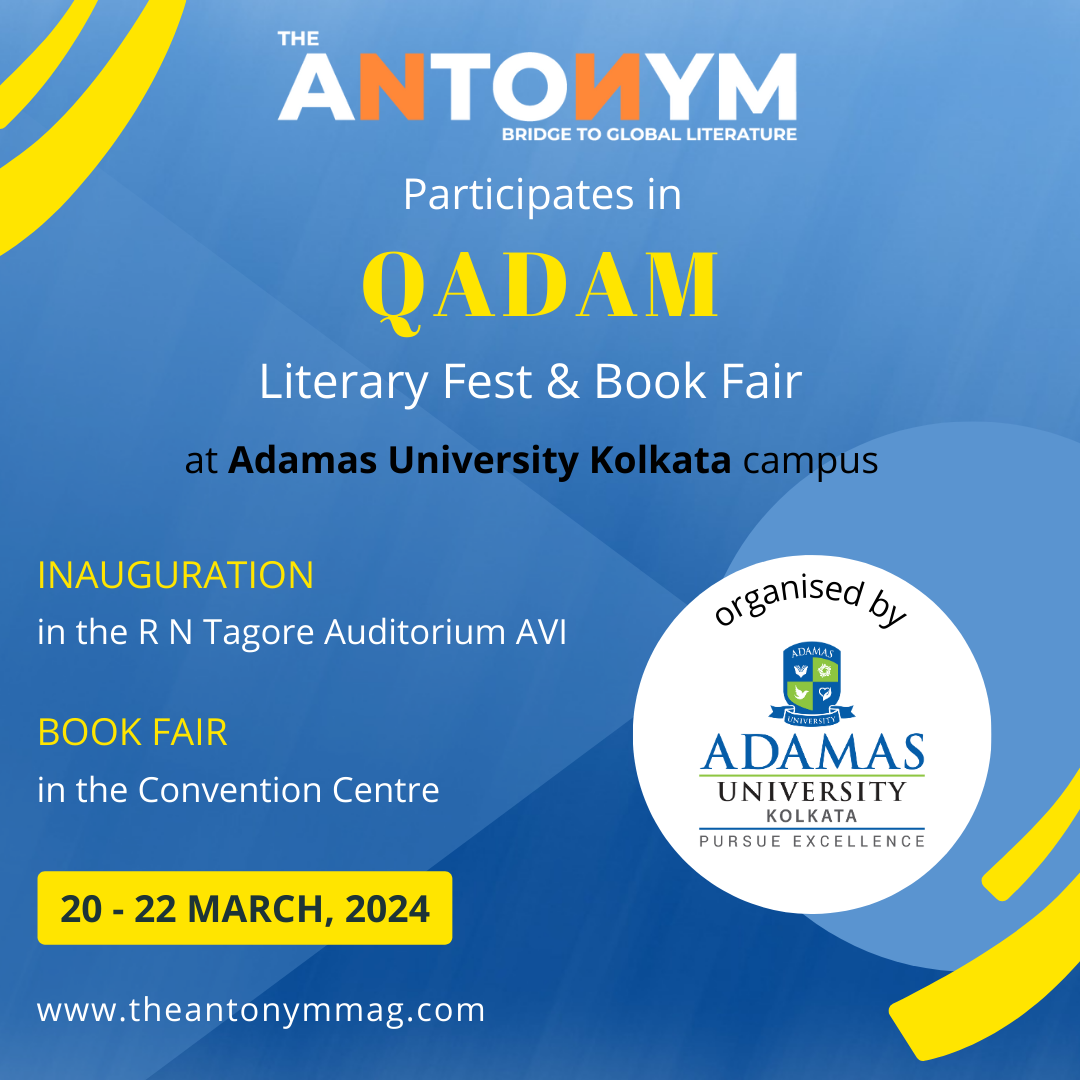
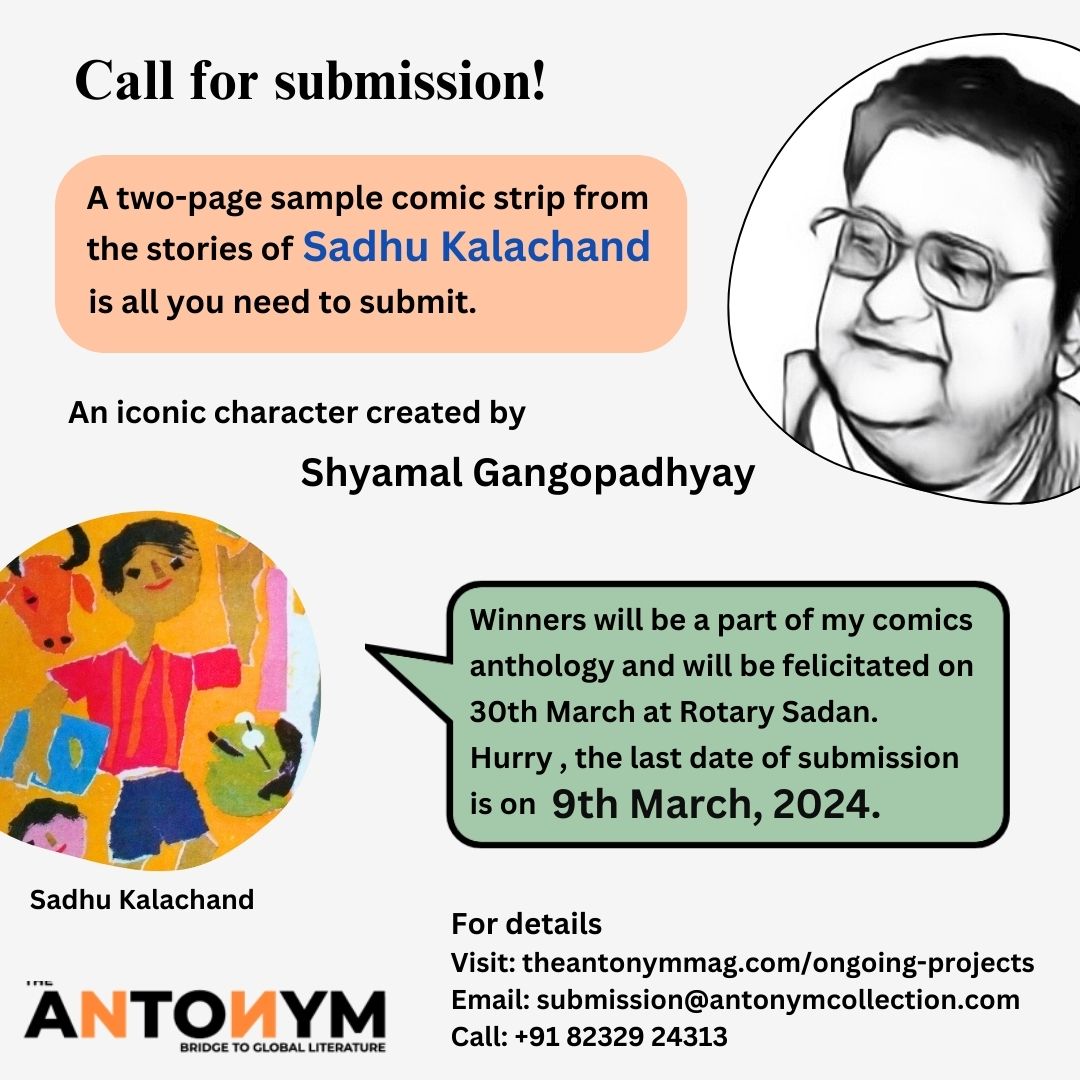
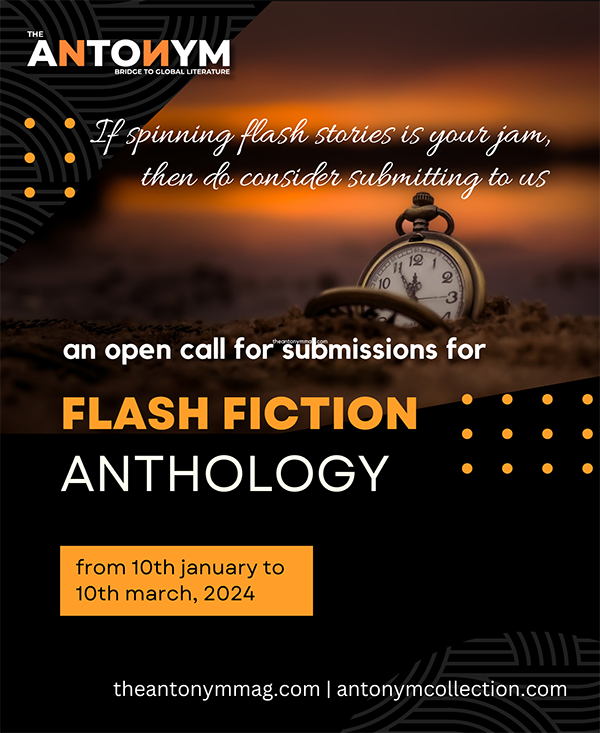








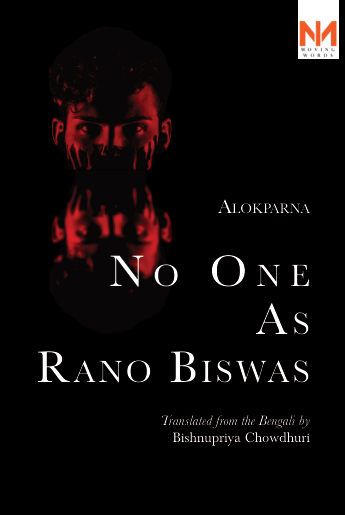
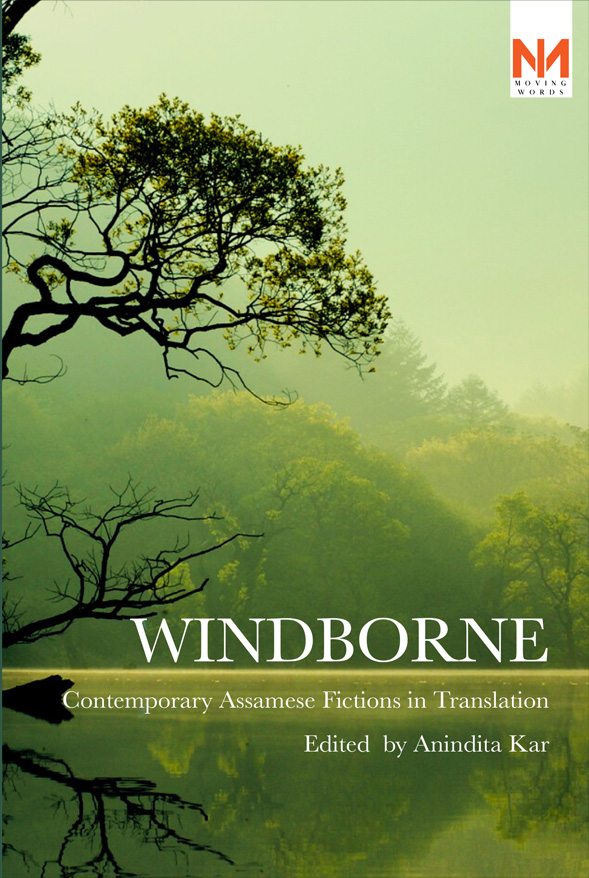
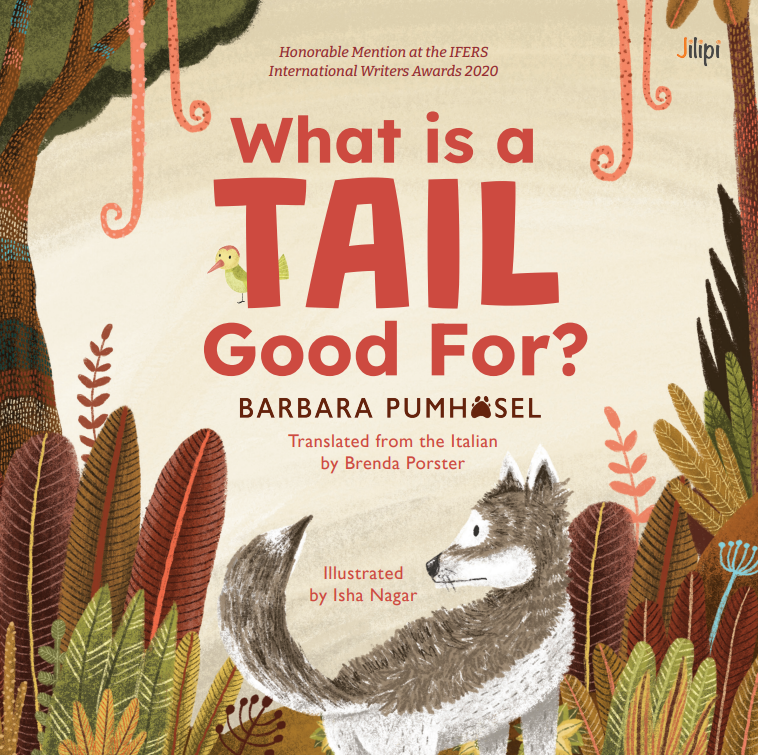















0 Comments